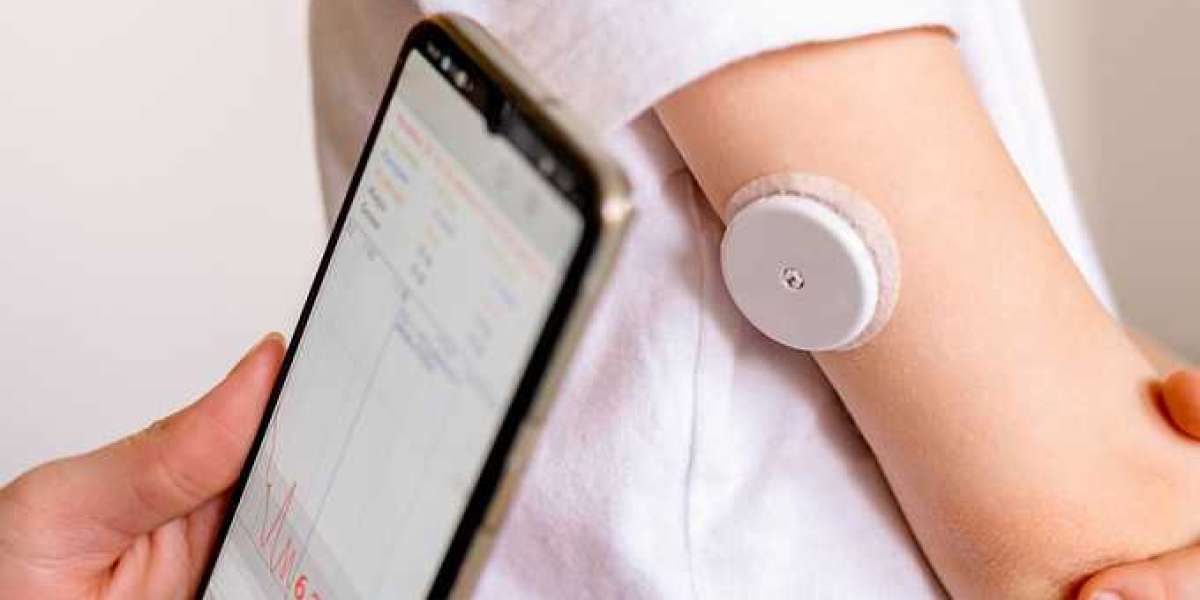Continuous Glucose Monitoring Systems
Continuous glucose monitoring (CGM) systems have revolutionized diabetes management. These advanced devices provide real-time glucose readings throughout the day and night via a small sensor inserted under the skin. CGMs eliminate the need for frequent fingerpricks and give patients and caregivers a much clearer picture of how foods, medications, exercise, and other activities impact blood sugar levels.
The first Diabetes Monitoring Devices required calibration with blood glucose meter readings but the latest generation of sensors no longer need calibration. This makes CGMs even more convenient to use as patients do not have to prick their fingers as often. Sensors can be worn for up to fourteen days before needing replacement. Data collected by the sensor transmitter is displayed on a receiver or smartphone. Alarms can be set to alert the user of high or low blood sugar levels.
Many CGMs now feature a predictive alert system to notify the user in advance of potentially dangerous hypoglycemia or hyperglycemia. This gives diabetes patients time to take appropriate action like consuming a fast-acting carbohydrate or adjusting their insulin dosage. The predictive alerts minimize the risk of short-term complications from abnormal blood sugar levels.
Get More Insights on- Diabetes Monitoring Devices














